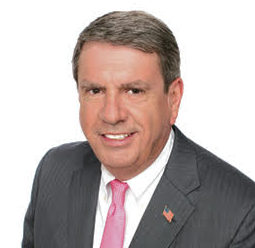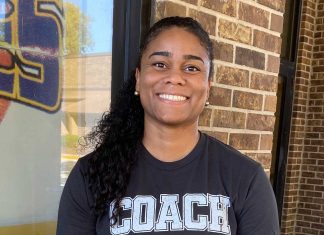By Scott A. Grant, J.D.
mail@floridanewsline.com
When Johnny Cash walked into Folsom State Prison in Folsom, California on Jan. 13, 1968, his career was teetering on the brink. He had not had a hit record in four years, and he had only recently recovered from a bout with drug addiction that had almost killed him. Rock and roll had pushed the once popular country and western star off the charts and by the late ‘60s it seemed he was no longer relevant.
Cash had a plan to revitalize his career. He would record a live album inside a prison. He approached San Quentin and Folsom with the idea. Folsom got back to him first. That proved fortuitous. One of the songs Johnny planned to perform was “Folsom Prison Blues.” Johnny had first written the song while serving in the Air Force in 1953. He penned the iconic lyric “I shot a man in Reno, just to watch him die,” at Landsberg Air Force Base while trying to imagine the worst possible reason for one person to kill another.
“Folsom Prison Blues” had been released in 1956 to modest success, but it was about to have a second, far more successful life. Cash invited the Statler Brothers and Carl Perkins to join him on the stage inside the prison. They rehearsed feverishly for the show. The night before the performance, California Governor Ronald Reagan stopped by the El Rancho Motor Lodge to wish them luck.
There were two shows. Carl Perkins opened both with “Blue Suede Shoes.” The Statler Brothers followed with two songs. Then Johnny stepped onto the stage. Prisoners were instructed not to cheer or applaud until he announced “Hello! I’m Johnny Cash.” Johnny then performed “Folsom Prison Blues.” The audience was warned by prison officials not to react too boisterously. The cheers that seemed to greet the line about Reno were added in post-production. To end the show, everyone came back on stage to perform “Greystone Chapel,” a song written by Folsom inmate Glen Sherley.
The live album was a huge success, earning Cash his second and third Grammy awards and revitalizing his career. Both the album and the single charted and were met with critical acclaim. Cash would later tell Rolling Stone Magazine, “That’s where things really got started for me again.” He would follow the success up with another live prison album from San Quentin. That album hit number one on the pop charts and the single “A Boy Named Sue,” reached number two.
Cash became so popular that ABC gave him his own TV show. He would use his newfound fame to lobby for prison reform. Johnny Cash always sympathized with the underdog. He was such a powerful advocate that many thought he had done time himself. He hadn’t. Outside of a night in the drunk tank, Johnny Cash had never been in jail — but that did not stop him from recognizing the plight of the prisoner and embracing it as his own.
Scott A. Grant is a local author and historian. By day he is president of Standfast Asset Management. “Folsom Prison Blues” is his karaoke jam. He welcomes your comments at scottg@standfastic.com













